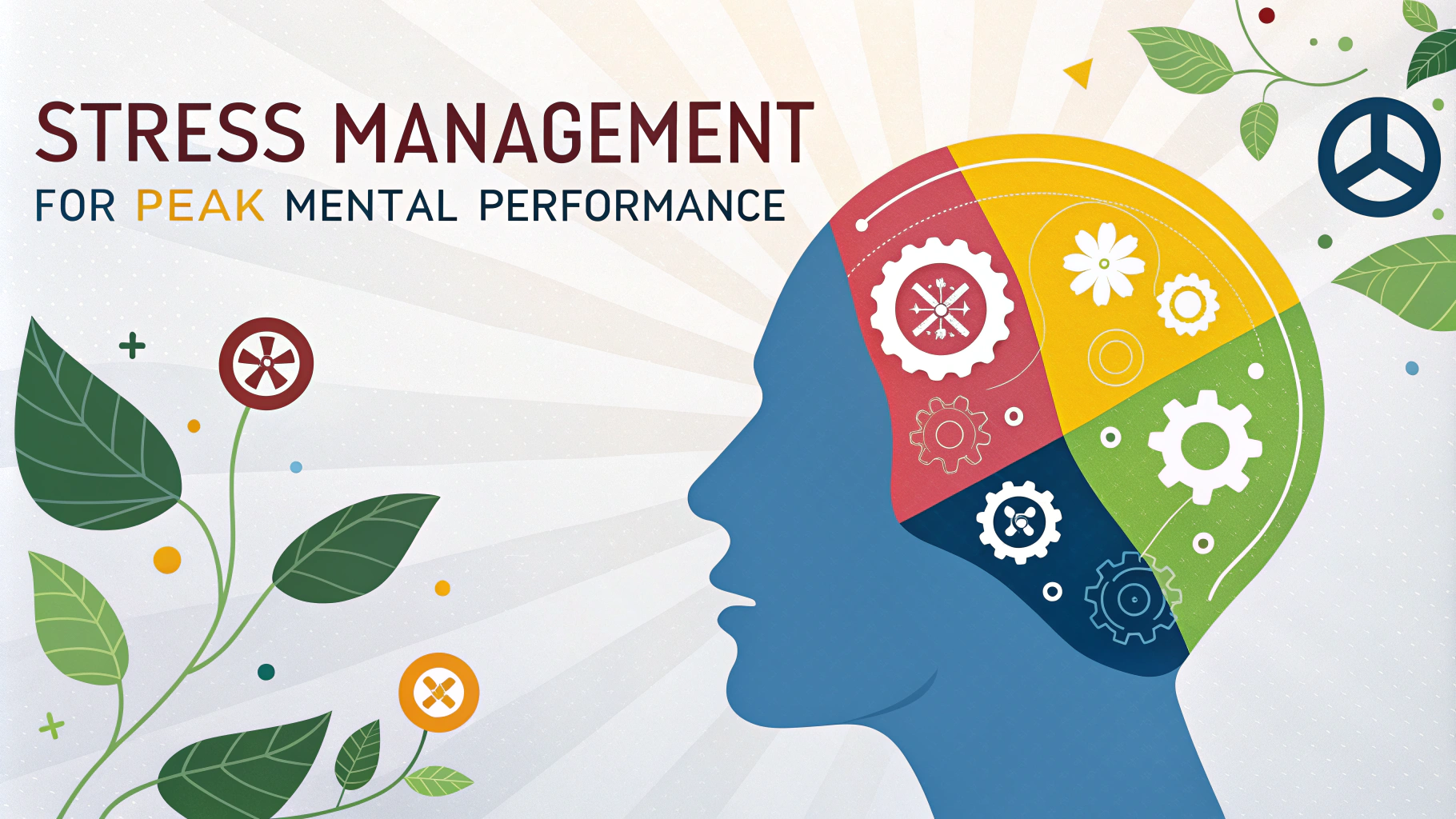Active recall transforms passive reading into dynamic learning by forcing your brain to retrieve information rather than simply recognizing it.
This learning method builds stronger neural pathways than traditional re-reading, leading to better long-term retention.
Quick Tips for Active Recall Practice
- Close your book and explain concepts out loud
- Create questions about the material as you read
- Write summaries without looking at the source material
- Draw concept maps from memory
- Teach the material to someone else
Implementing Active Recall While Reading
After each section of text, pause and ask yourself: “What were the main points I just read?”
Write down key concepts using the Cornell Note-taking method, with questions on the left and answers on the right.
Cornell Note-taking Template
| Questions (Left) | Notes (Right) |
|---|---|
| What is active recall? | A learning technique that involves retrieving information from memory |
Digital Tools for Active Recall
- Anki – Free flashcard software using spaced repetition
- Quizlet – Online platform for creating study sets
- Remnote – Note-taking app with built-in active recall features
Measuring Your Progress
Track your learning effectiveness by scoring yourself on practice tests before reviewing the material.
Sample Practice Schedule
- First review: 24 hours after learning
- Second review: 1 week later
- Third review: 1 month later
Common Mistakes to Avoid
- Checking answers too quickly
- Skipping the retrieval step
- Not spacing out practice sessions
- Focusing on highlighting instead of recalling
Research shows students who use active recall perform 50% better on exams than those who use passive reading methods.
Additional Resources
- Learning Scientists – Research-based learning strategies
- Learning How to Learn – Free online course
Start small by implementing active recall for 10 minutes per study session, gradually increasing duration as the technique becomes natural.
Benefits of Consistent Practice
Regular active recall practice leads to improved memory consolidation and faster information retrieval during exams and real-world applications.
- Enhanced critical thinking skills
- Reduced study time in the long run
- Increased confidence in knowledge retention
- Better ability to connect related concepts
Advanced Active Recall Techniques
Combine active recall with other evidence-based learning methods to maximize effectiveness.
Hybrid Learning Approaches
- Active recall + mind mapping
- Active recall + spaced repetition
- Active recall + elaborative rehearsal
Group Study Applications
Transform group study sessions into active recall opportunities through structured activities.
- Take turns teaching concepts
- Create group quizzes
- Engage in concept debates
- Practice problem-solving scenarios
Conclusion
Active recall is a powerful learning strategy that transforms how we process and retain information. By implementing these techniques consistently and gradually increasing complexity, students can significantly improve their learning outcomes.
Next Steps
- Choose one active recall technique to implement tomorrow
- Set up a digital tool for practice
- Create a weekly review schedule
- Track your progress over 30 days
FAQs
- What exactly is active recall, and how is it different from passive reading?
Active recall is a learning technique where you actively test your memory by trying to remember information without looking at the source material. Unlike passive reading, where you simply read and re-read text, active recall forces your brain to retrieve information, strengthening neural pathways and improving long-term retention. - What are some effective active recall strategies I can implement while studying?
Effective active recall strategies include creating flashcards, self-testing without notes, teaching concepts to others, writing practice questions, summarizing material from memory, and using the Cornell note-taking method with a question column. - How much more effective is active recall compared to passive reading?
Research shows that active recall is up to 150% more effective than passive reading for long-term retention. Studies by Jeffrey Karpicke and Henry Roediger III demonstrated that students who used active recall remembered about 80% of material after a week, compared to 36% for those who only re-read. - How often should I practice active recall during a study session?
Implement active recall every 20-30 minutes during study sessions. After reading a section, close your materials and attempt to recall the main concepts. This frequency aligns with the attention span research and helps prevent the illusion of competence. - Can active recall be combined with other learning techniques?
Yes, active recall works exceptionally well when combined with spaced repetition, the Feynman Technique, mind mapping, and elaborative rehearsal. These combinations create powerful learning synergies that enhance memory retention and understanding. - What role does active recall play in overcoming the forgetting curve?
Active recall helps combat Ebbinghaus’s forgetting curve by strengthening memory traces each time information is retrieved. Regular active recall sessions can significantly slow down the natural rate of forgetting and maintain knowledge for longer periods. - How can I use active recall for different types of subjects?
For mathematics, solve problems without referring to examples. For languages, practice speaking without looking at vocabulary lists. For sciences, draw diagrams from memory. For humanities, reconstruct arguments or historical sequences without notes. - What are the signs that I’m doing active recall correctly?
Signs of effective active recall include feeling challenged while retrieving information, experiencing some struggle before remembering, and being able to explain concepts in your own words without referring to source material. - Does active recall work for practical skills as well as theoretical knowledge?
Yes, active recall works for practical skills through mental rehearsal and practical testing. Musicians use it when practicing without sheet music, and athletes use it in mental rehearsal of techniques and strategies. - How can I track my progress with active recall?
Keep a log of success rates in recall attempts, use spaced repetition apps that track performance, maintain an error log of commonly missed items, and regularly test yourself with increasingly difficult material to measure improvement.








